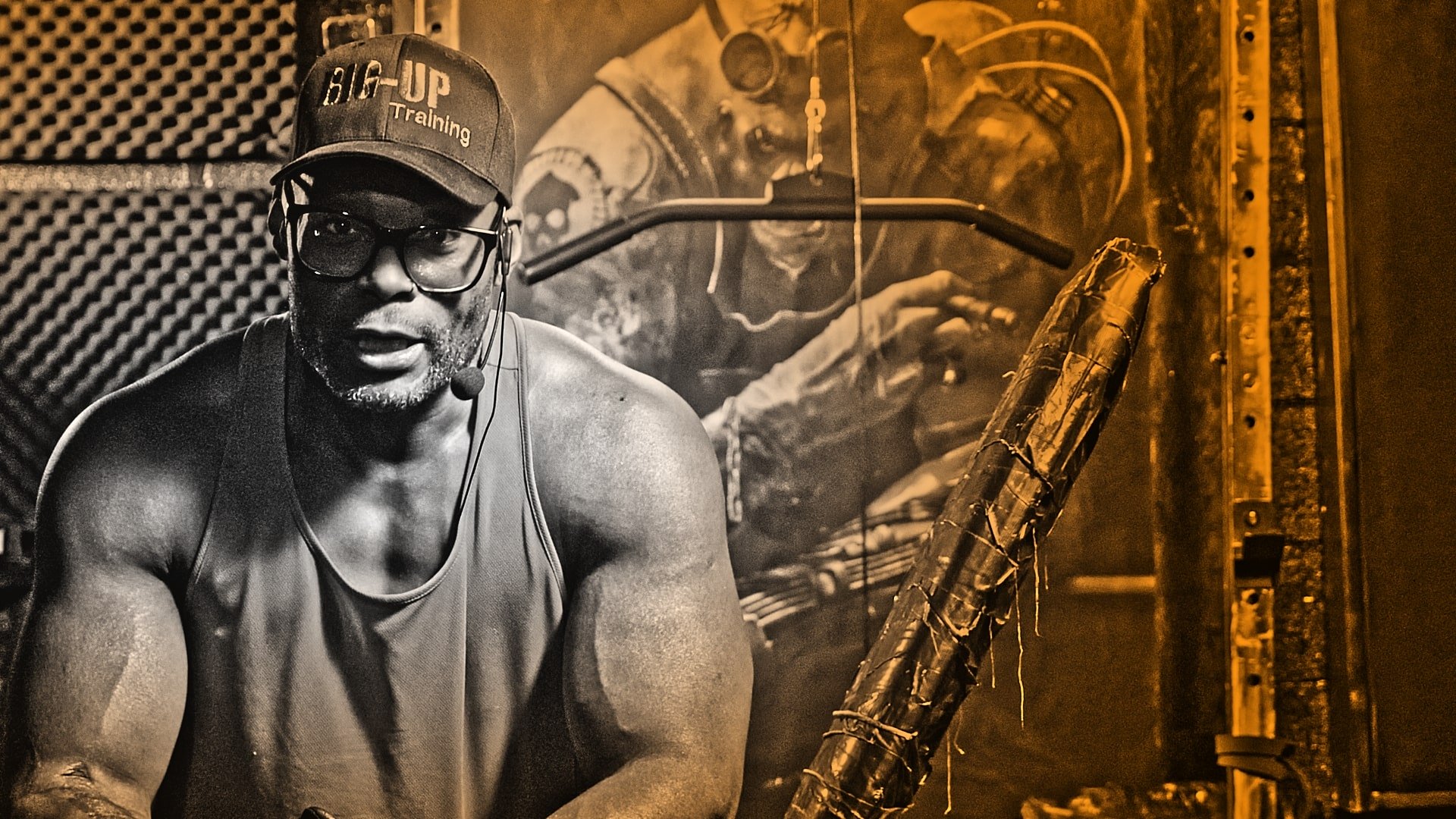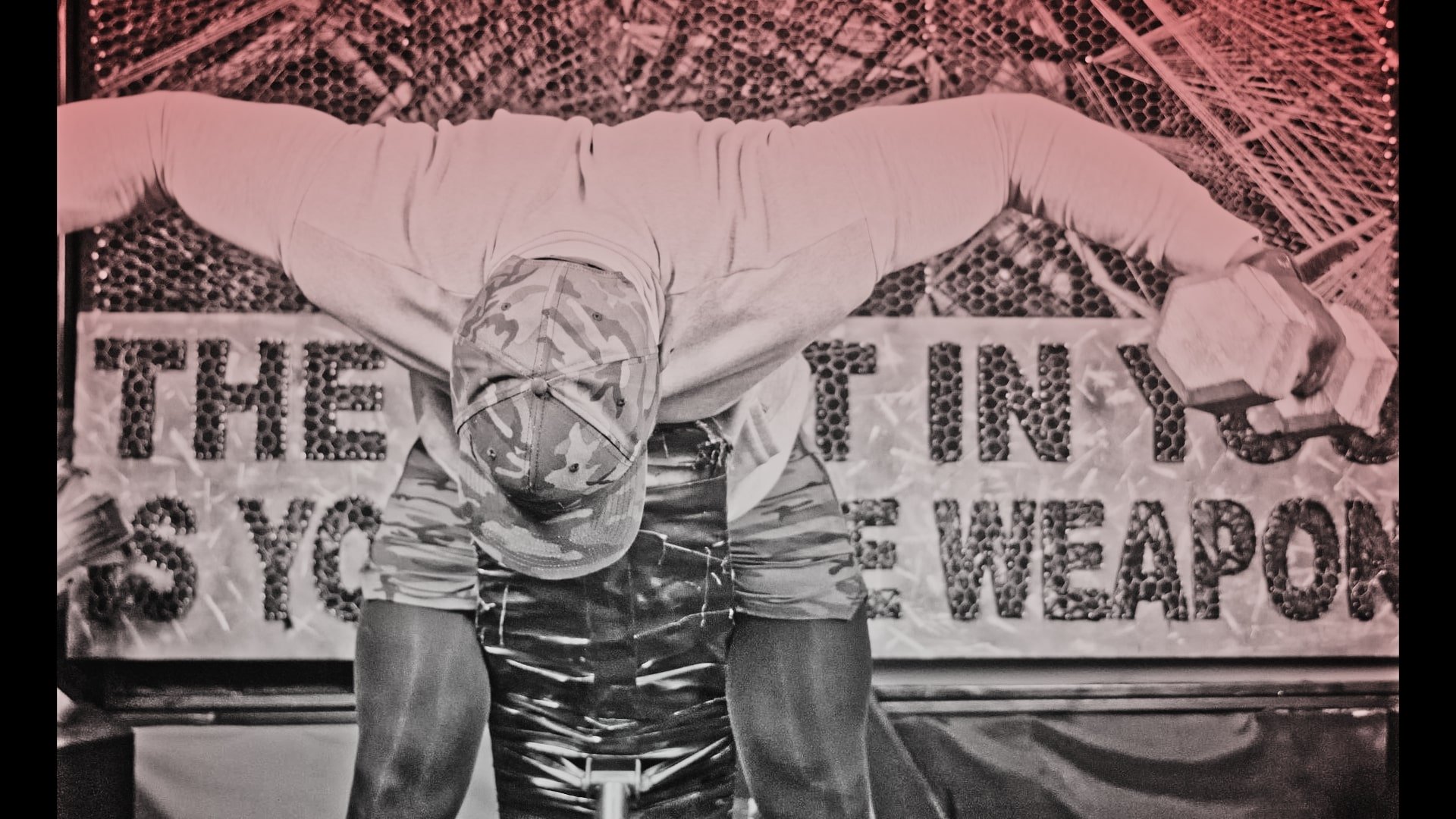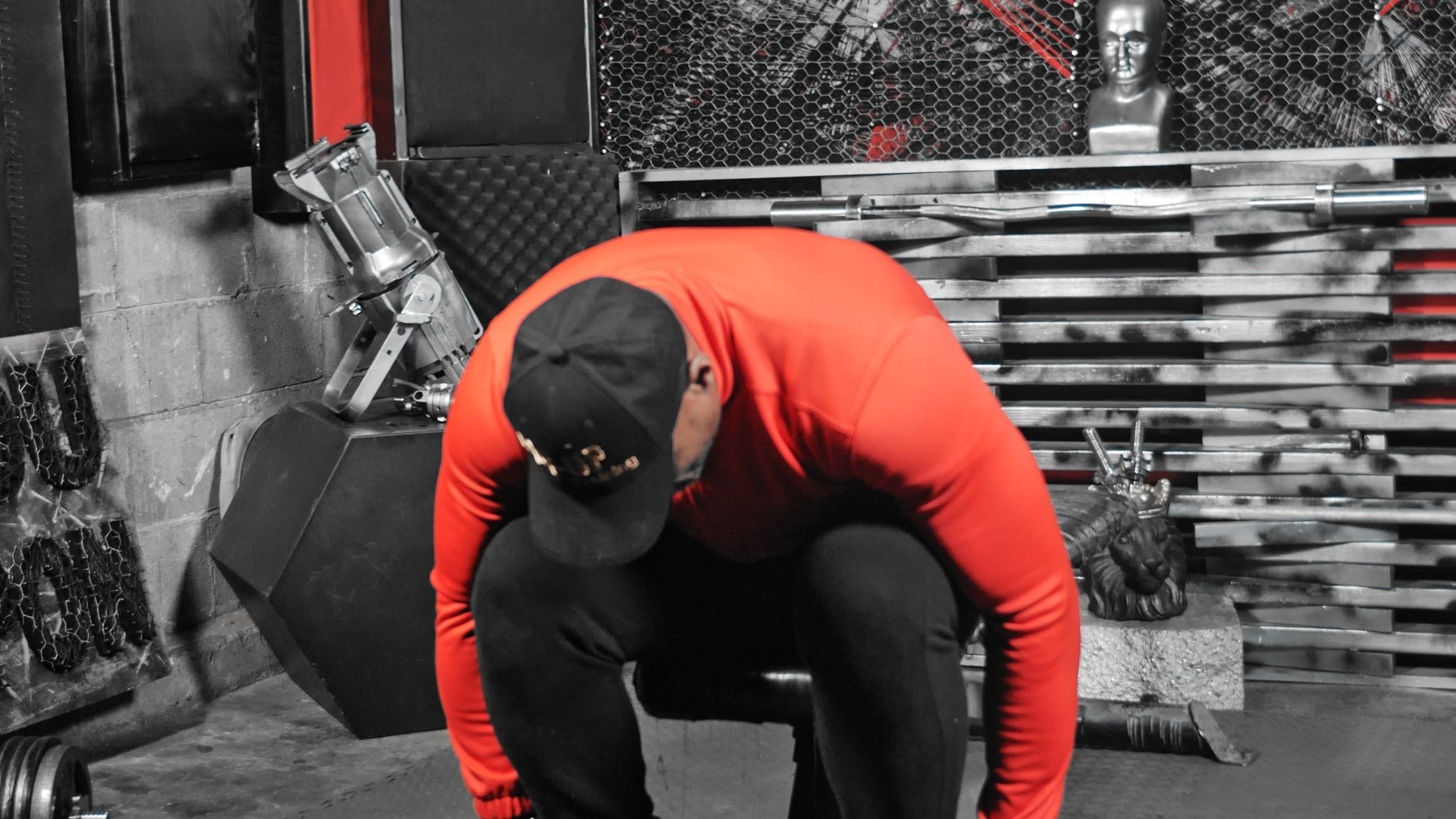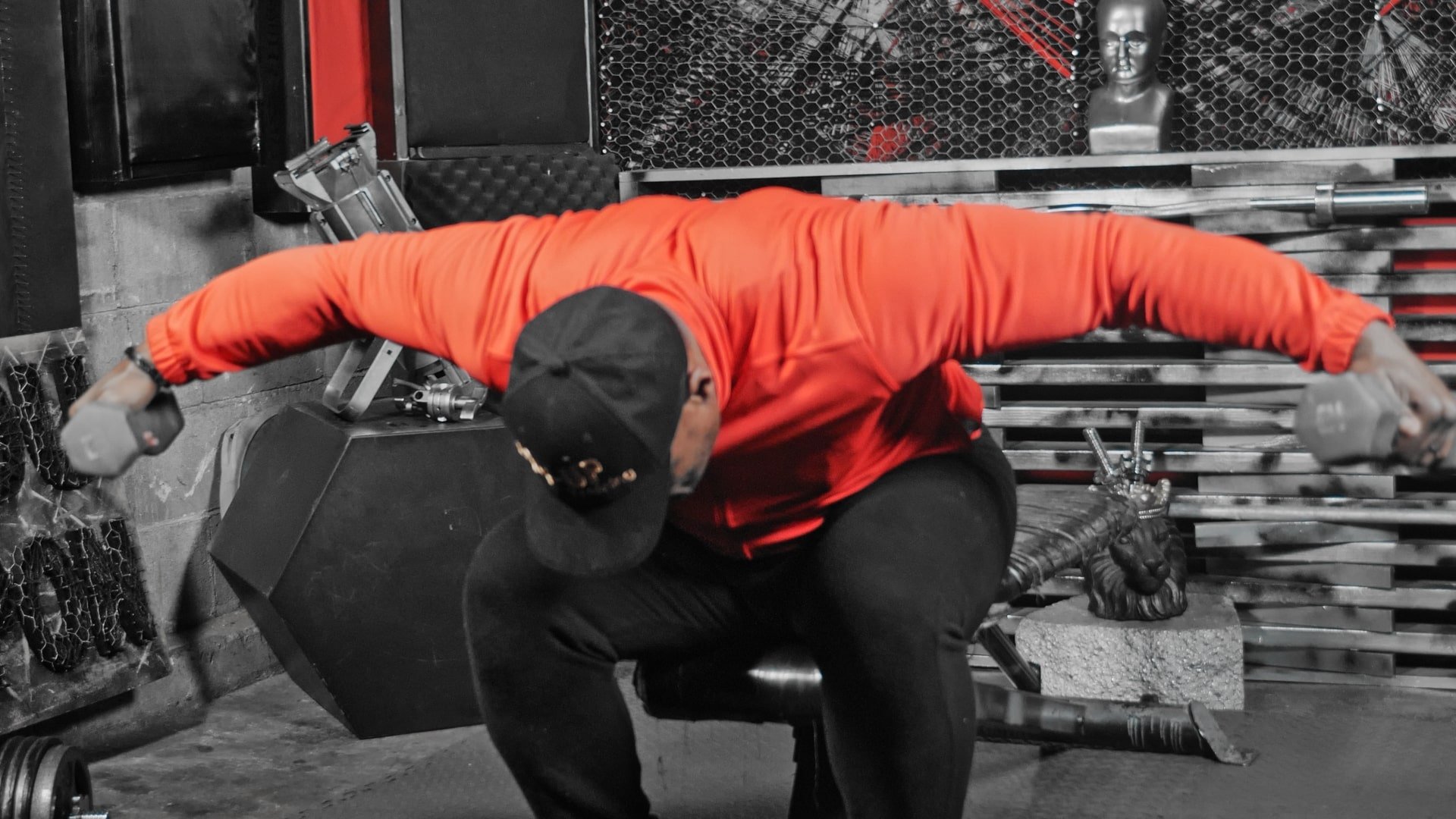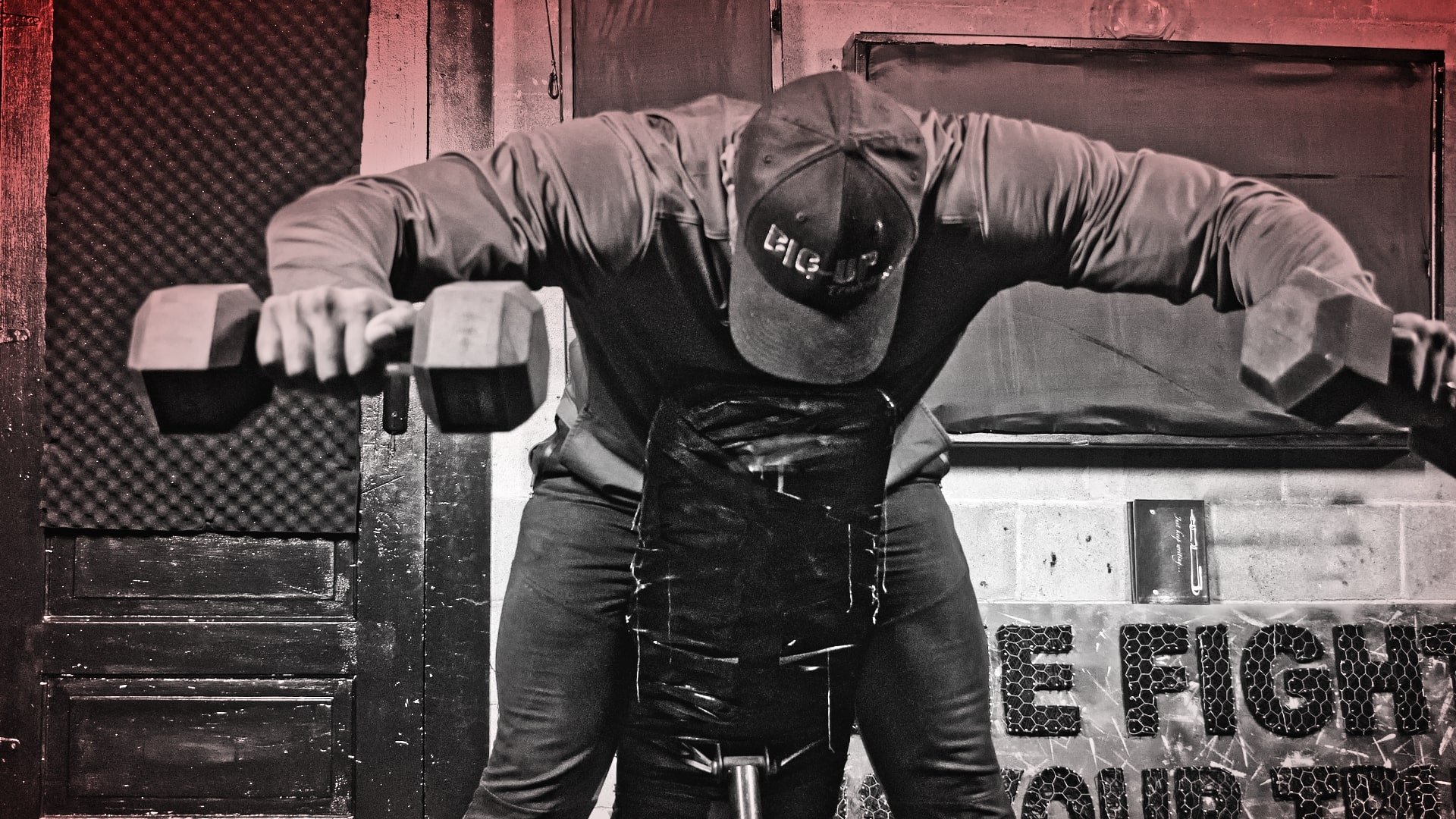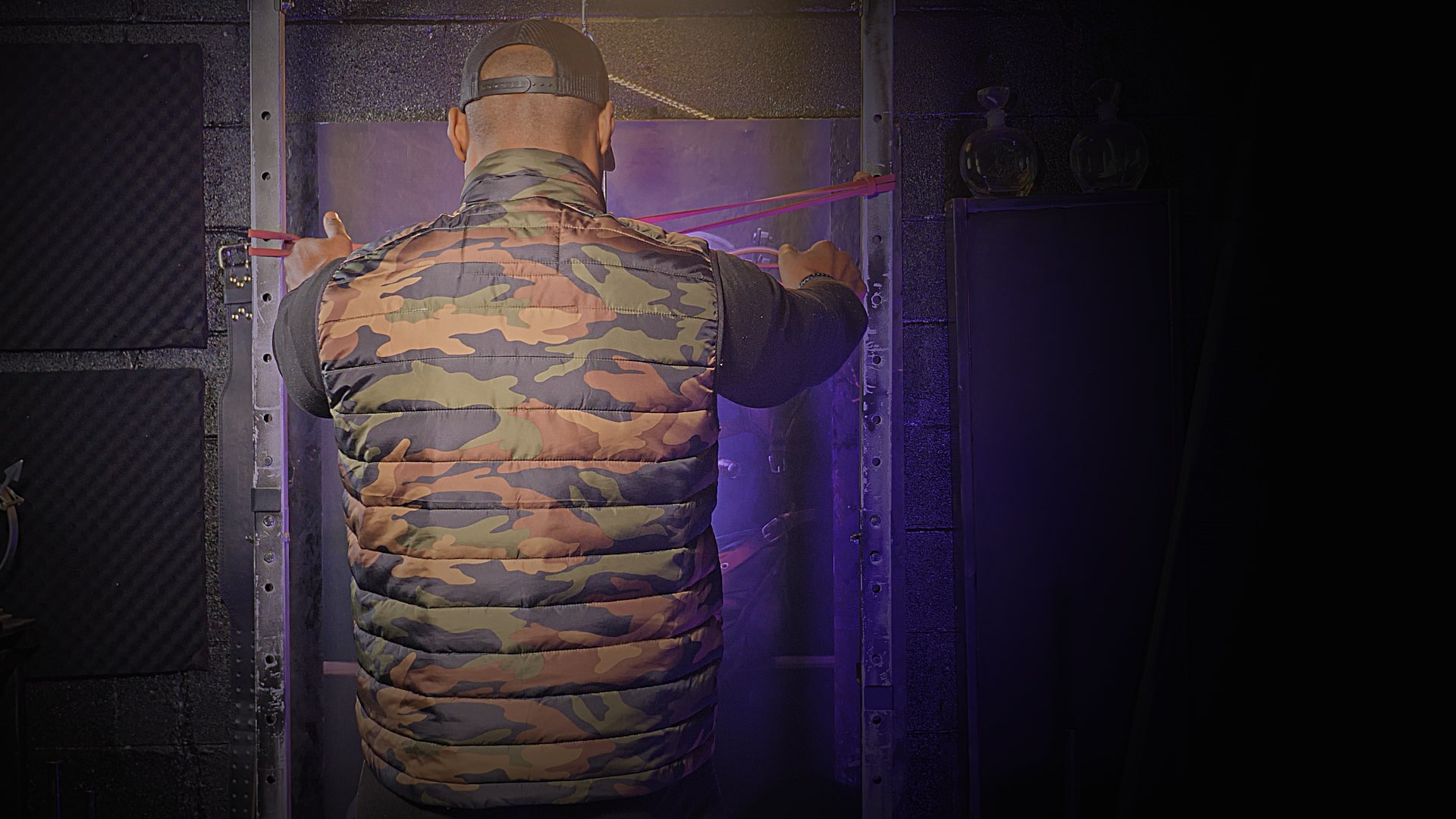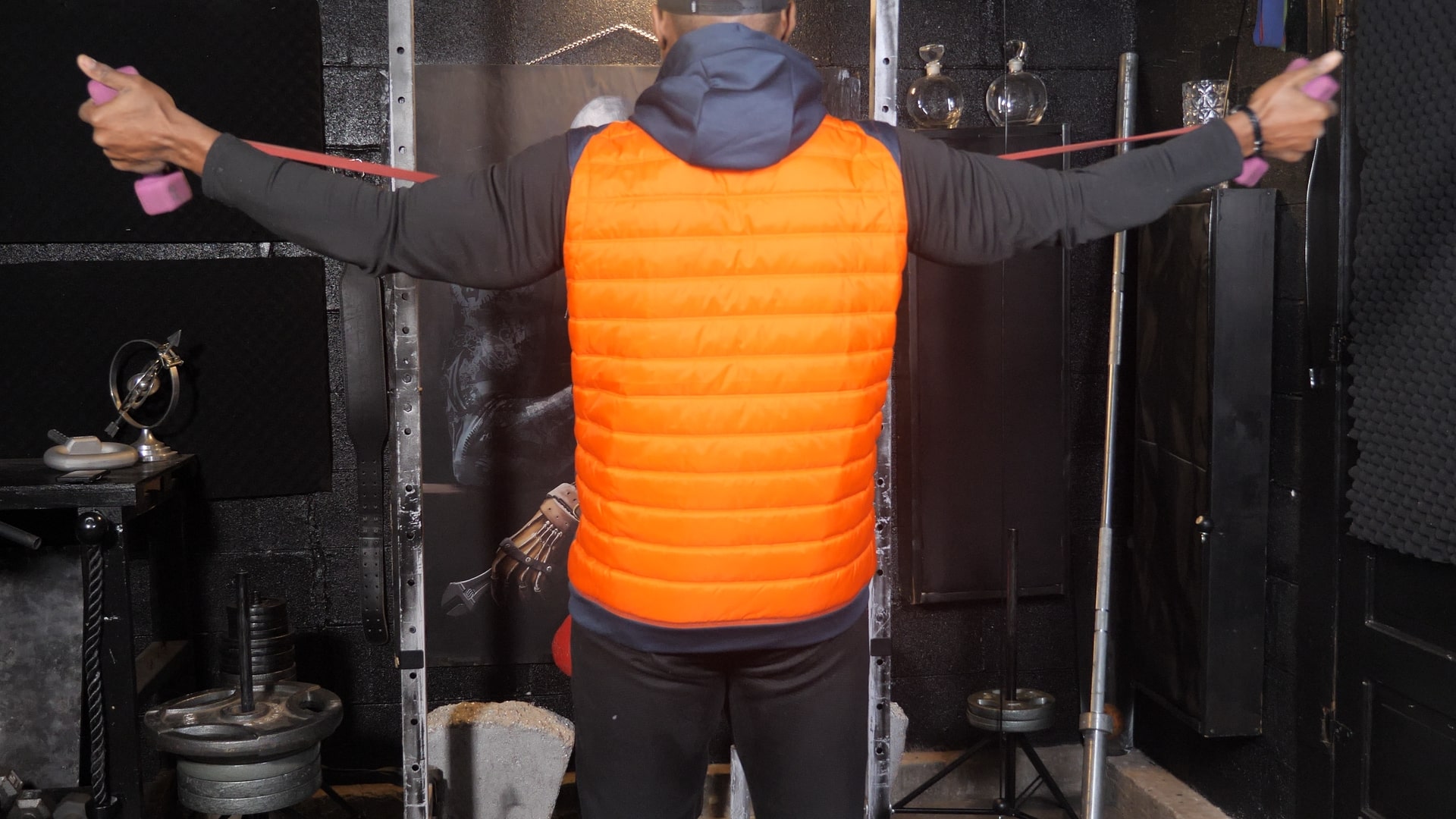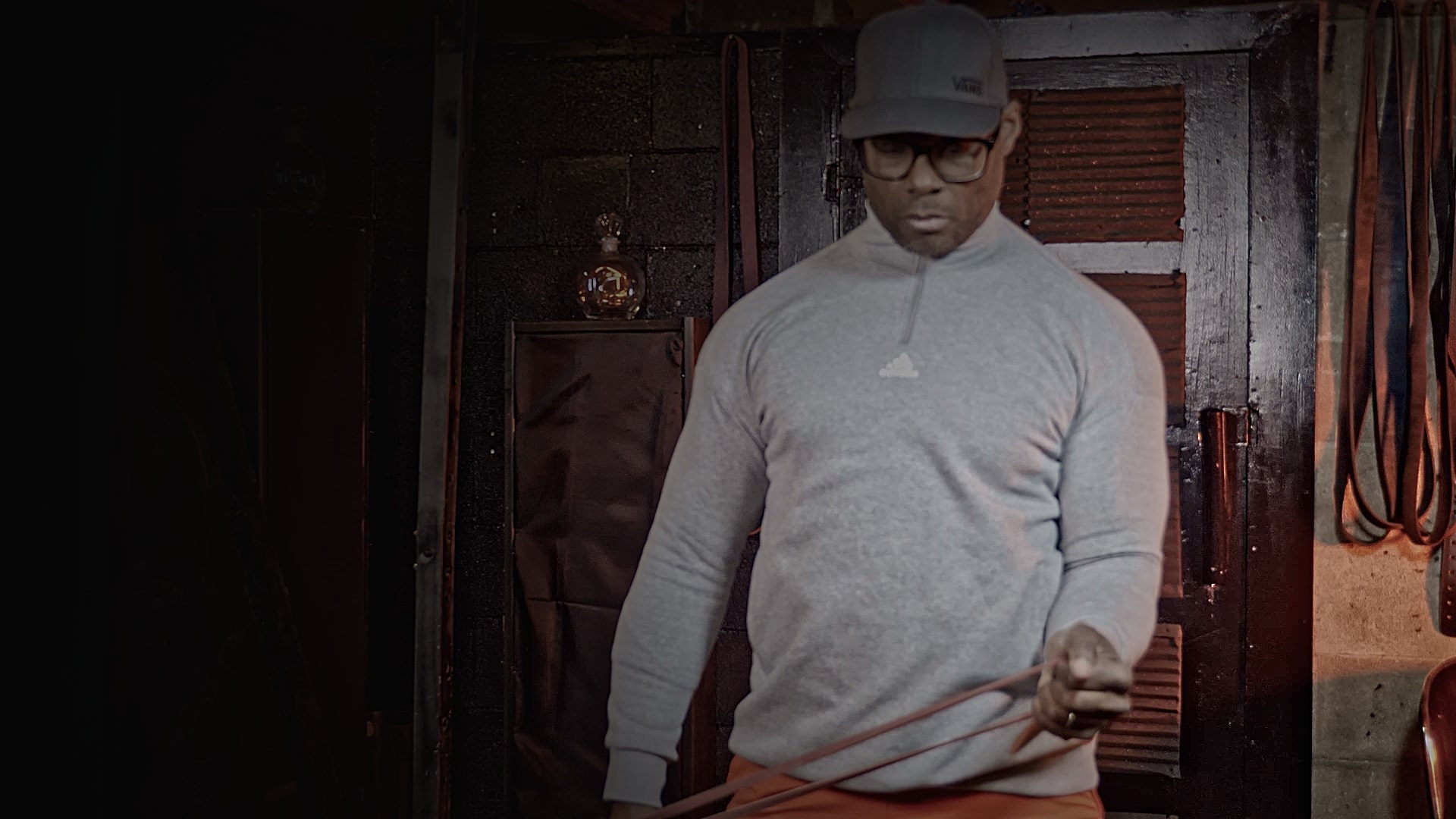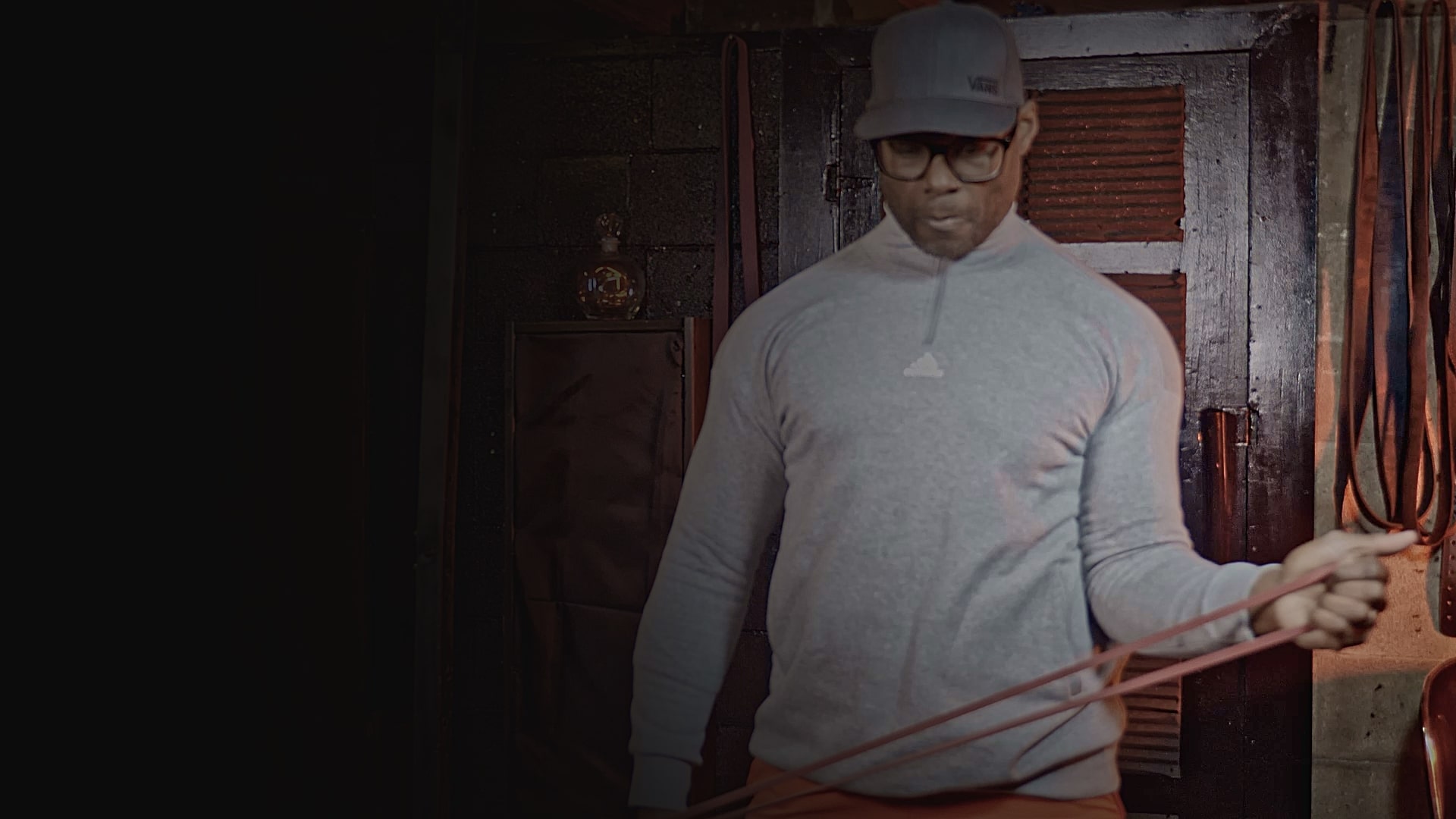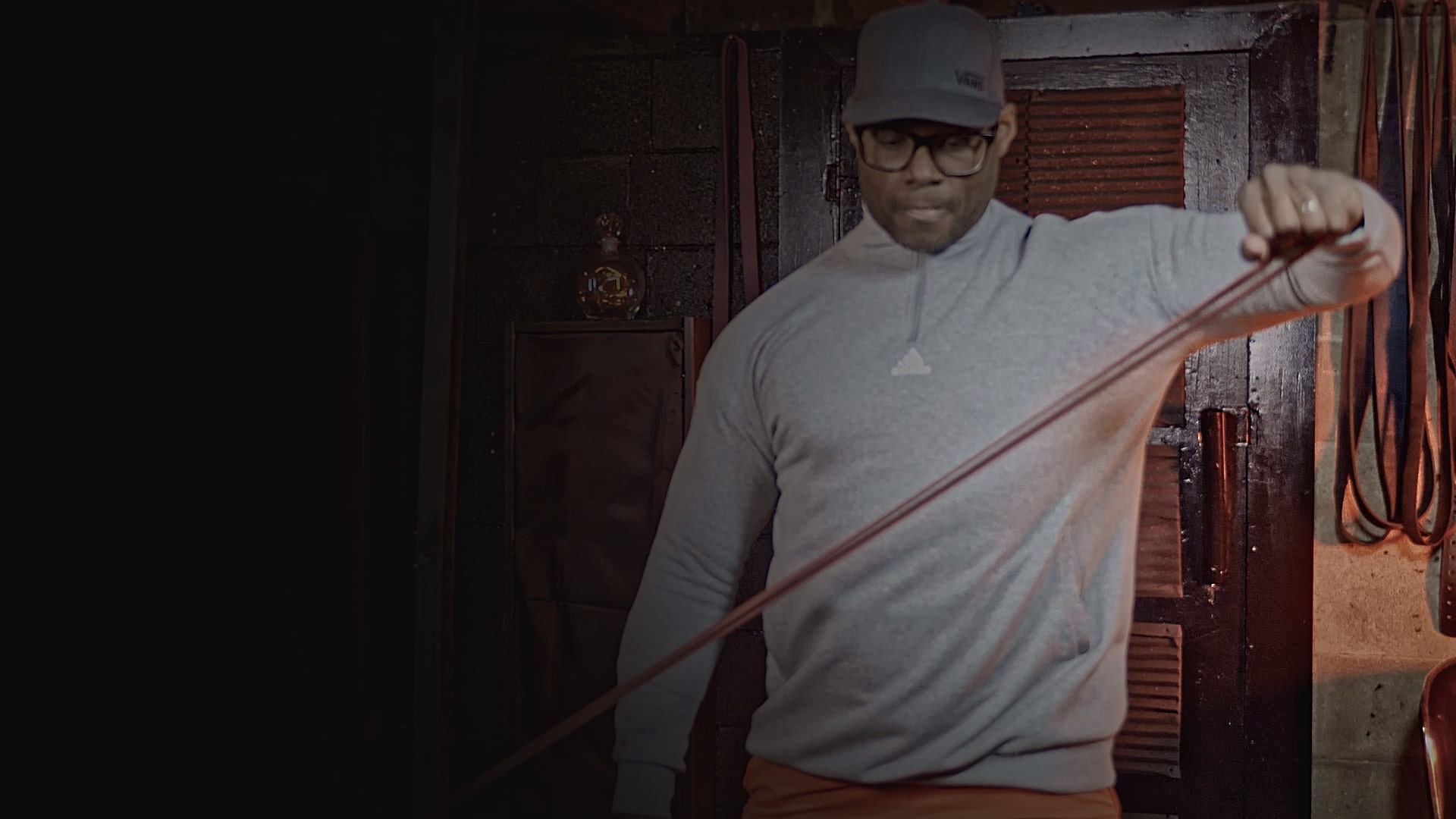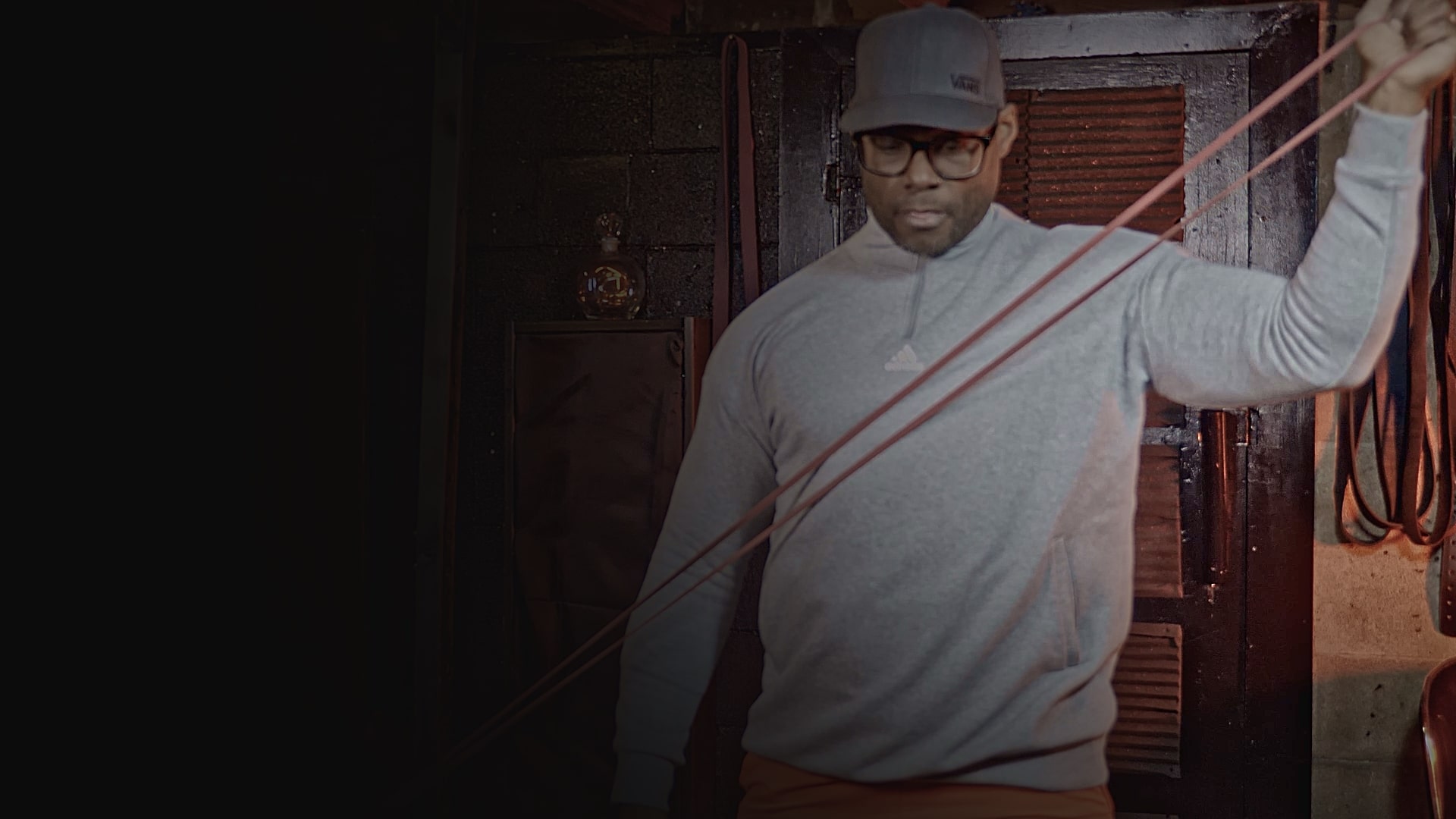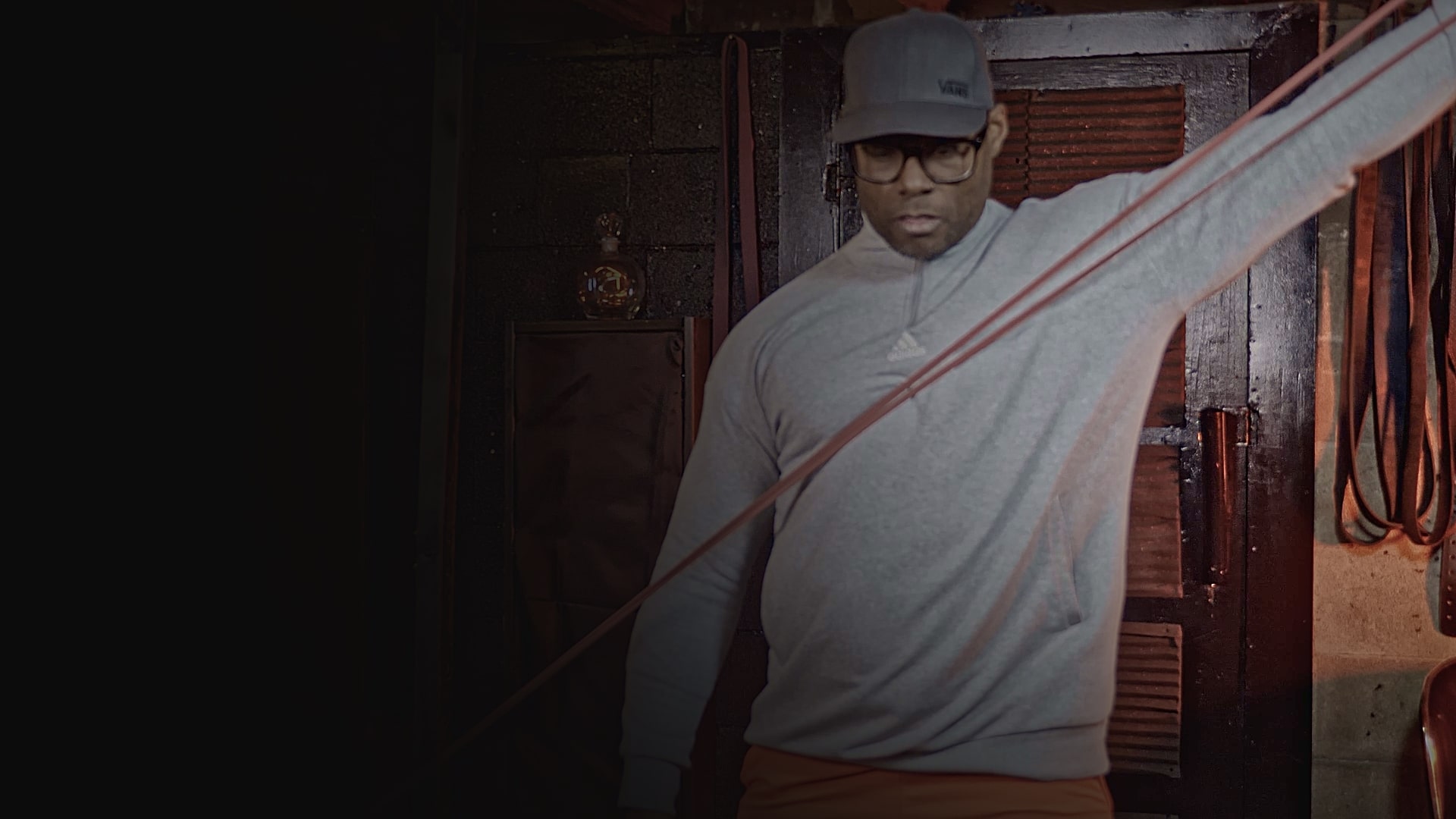Mission Jacked.com
Have You Tried This Rear Delts Workout?
Have you tried this muscle building rear delts workout? If you’re paper-thin from the rear, try this workout for 4 weeks and see a denser rearview.
Table of Contents:
2: Exercise One
3: Exercise Two
6: The Workout
7: FAQs
More Rear Dear Delt & Shoulder Growth Articles
Use this Rear Delt Fly master class to grow 3D Deltoids - 6 huge variations to add to your exercise arsenal
Try This Rear Deltoid Dumbbell Workout For A Huge Size Advantage
The Best Dumbbell Shoulder Workout For Mass Monster Status
Everything You Need To Know About The Bent Over Rear Delt Fly + 5 Different Variations
Master 5 Versions of The Rear Delt Cable Fly For Stunning 3D Delts
Master True Dumbbell Lateral Raises and the 7 Variations to Develop King-Kong Side Delts
The 5 Best Rear Delt Exercises That You're Not Doing!
Use the Seated Face Pull for Stability, Growth and Bigger Lifts
Use the Incline Rear Delt Raise To Build Incredible 3D Delts
Introduction:
In this article, I’m going to show you a quick-fire rear deltoid workout to help you pack on more muscle so that when you stand from the side and the rear, you don’t disappear.
Who Am I?
I’m Psymon H., the 50-something-year-old war-horse, making his name from improving physiques and growing natural muscle with minimal equipment.
The great thing about this rear deltoid workout session is that we’ll be using 4 rear delt fly variations which means that no matter if you train at home with minimal equipment, you’ll still be able to get the best out of this workout and grow some muscle.
All you’ll need are 3 sets of dumbbells ranging in weight, 2 light resistance bands, and one incline bench, a power rack or single upright anchor is also required.
First, let’s talk about the four rear delt fly variations that we’re going to use with this workout and how to perform each of the rear delt exercises.
I’ll break down the workout and introduce an intensity training technique we’re going to use for this workout.
Finally, we’ll piece everything together for one hell of a rear delt workout.
Rear Delts Workout Exercise 1: Incline Rear Delt Fly Version 1
Cue 1: Lean over an incline bench set at between a 45 and 75-degree angle. There are two ways you can perform this exercise. You can straddle the bench and lean against the back pad, or you can flip the bench around and place a pad on the top and lean over. Try both and do what works best for you.
We’ll work with the second option by straddling the bench and walking your feet up until they are under your shoulders. When you do this, it adds stability to the exercise.
Cue 2: With arms straight and directly underneath you, turn your palms to a neutral position. Without rocking or lifting your torso off the bench, raise the dumbbells out to the side in a sweep motion, until your elbows are slightly higher than the line of your Shoulders.
Cue 3: Hold for a brief second before lowering the dumbbells to the start position, trying to maintain as full a motion as possible.
db Rear Delt Fly
rear delt dumbbell exercises
Rear Delts Workout Exercise 2: Bent over Seated Rear Delt Flies
Cue 1: Sit on the edge of a flat bench.
Cue 2: Holding your dumbbells at your side with a neutral grip, hinge over at the hips until your torso is nearly parallel to the ground. Maintain a flat back and tense your core.
Cue 3: Raise the dumbbells out to the side until your elbows are in line with your shoulders. Maintain a slight bend at the elbows and try not to fly the dumbbells back, but instead, keep them in line with your shoulders.
Cue 4: Maintain control of the dumbbells and slowly return them to the start position. Keep your torso glued to the bench as you fly the dumbbells out to the side.
2: Try not to go too heavy with weights that control you, but only use weights that you can control with good form.
Rear Delt Flies
best rear delt dumbbell exercises
Rear Delts Workout Exercise 3: Incline Rear Delt Fly Version 2:
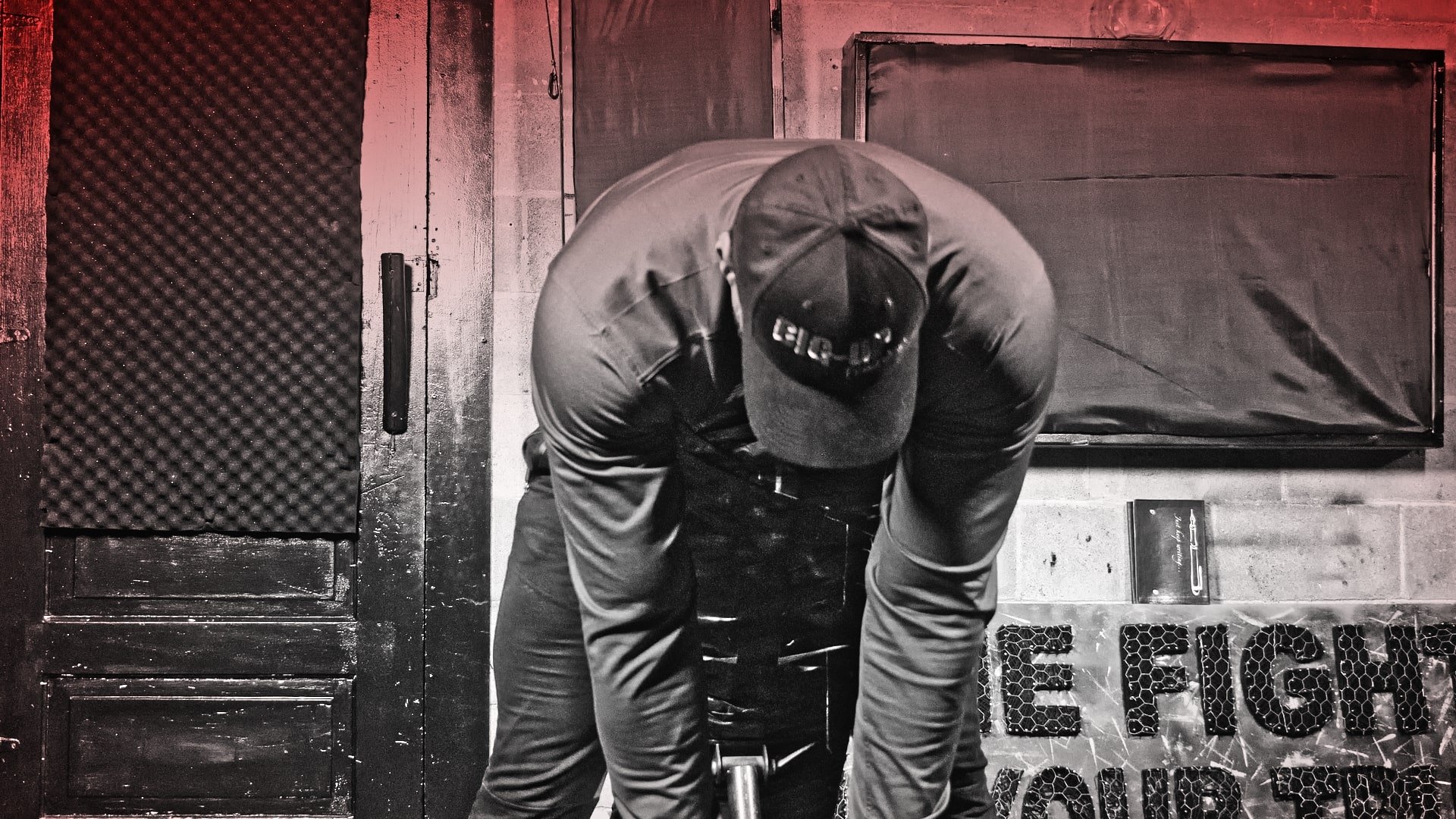 Start Position
Start PositionAt first glance, version 2 looks no different from the original exercise. The setup is the same; you lean over an incline bench set between a 45 and 75-degree angle. You also walk your feet in so they're almost directly under your shoulders. Your dumbbells, arms, and palms will start in the same position. The only difference is where you fly the dumbbells.
Instead of flying the dumbbells directly out to the side, for this rear deltoid fly, you fly them up at a 45-degree angle in front of you, aiming to bring your elbows as high as you can.
You may find this style more challenging than the original simply because it’s much harder to fly at a 45-degree angle while executing pristine form and keeping your torso from lifting off the bench. For this reason, you will need to use slightly dumbbells.
Delt Flys
rear delt exercises dumbbells
Rear Delts Workout Exercise 4: High Cable Rear Delt Fly with Bands and dumbbells
With the ascending tension of the bands plus the gravity from the dumbbells, this is an exercise that will beat the last piece of energy out of your rear deltoids.
Trust me when I say that you don't need much weight. Avoid putting the weight before the form on this exercise.
Setup: Loop a resistance band at shoulder height on both posts. If you're using two upright anchors, set them wider than shoulder-width apart.
Stand in front of the rack and place the left band in the right hand along with the dumbbell. Do the same for the left hand.
For the safety aspect, make sure that you don't wrap the bands around the dumbbells or your palms, but instead, hold them independent of each other in the palm of your hand in case you have to release them quickly.
Turn your wrist so that the thumbs are on top and the dumbbells are in a hammer position. Step back until you feel the tension in both bands and your arms are straight in front of you at shoulder height.
Cue 1: Lift your chest and tense your core. Retract your shoulder blades by pulling them down.
Cue 2: Fly the bands/dumbbells out to the side until your hands are in line with your shoulders.
Cue 3: Tense your rear deltoids before slowly returning your arms to the start position in front of you.
Seated Rear Delt Fly
deltoid dumbbell exercises
The Rear Delts Workout Intensity Technique
The intensity technique we’re going to use for this rear delt workout is variation giant sets. This is a real shocker to your muscles if you've never done Variation Giant Sets before. t You perform variations of the same exercise in a giant set fashion. In this case, we'll use our four rear delt fly variations.
Variation Giant Sets are a proven training strategy that allows you to go beyond the common failure point in a workout to push the muscle harder.
We’re going to choose a weight that we can perform 10-12 solid repetitions for each exercise, aiming to leave no more than 2 repetitions in the tank (2RIR).
Bear in mind that you’ll use less weight on exercises 2,3 and 4 than you would do for exercise 1, simply because the exercises become harder to perform. Choose your weight carefully and for the first few weeks be prepared to tinker around with the poundage until you find the weights that allow you to perform roughly the same amount of repetitions on each exercise.
Rear Delt Flys
rear delt dumbbell
Rear Delts Workout FAQs
Q: I train rear delts twice per week, should I use this workout for both sessions?
A: If you train rear delts twice per week, do this workout on one of the workout sessions. If your rear delts are a weak muscle group and you train them with another body part, make sure to train them first when you feel fresh.
Q: How many giant sets should I do on this rear delts workout?
A: I would perform 2-4 giant sets per workout and monitor recovery between workouts. Start with 2 giant sets and add a set in the next week.
Q: How long should I do this rear delts workout?
A: It's recommended that you do this variation giant set workout for no more than four weeks before taking a Deload week.
Q: How should I warm-up for this rear delts workout?
A: Here’s a quick 4 Point Warm-up Drill Sequence you can use for this rear delts workout.
Items Needed: One Light Band & an Upright Anchor.
Reps per Side: x 8 Reps
Setup: Loop one end of the band at waist height around an upright anchor and hook the other end over your thumb or hold the band in the palm of your hand.
Sequence 1: Start with your arm bent at a right angle and tucked into your side. Make sure your wrist is in line with your elbow. Keep your elbow tucked as you pull your wrist out to the side.
Sequence 2: Lift your elbow to shoulder height so that your shoulder is at a right angle to the band. Hold for 2 seconds.
Sequence 3: Rotate your shoulder so your fist is facing up and is at a right angle to your shoulder. Hold this position for 2 seconds.
Sequence 4: Press the band out at a 45-degree angle and hold for 2 seconds. Reverse the 4 point sequence to start the next repetition. Do 8 repetitions and repeat on the other side.
Dumbbell Rear Delt Fly
rear delts dumbbell
More Rear Dear Delt & Shoulder Growth Articles
Since you've read our rear delts workout article, you might like some of the following...
1: Use this Rear Delt Fly master class to grow 3D Deltoids - 6 huge variations to add to your exercise arsenal.
2: Try This Rear Deltoid Dumbbell Workout For A Huge Size Advantage
3: The Best Dumbbell Shoulder Workout For Mass Monster Status
4: Everything You Need To Know About The Bent Over Rear Delt Fly + 5 Different Variations
5: Master 5 Versions of The Rear Delt Cable Fly For Stunning 3D Delts
6: Master True Dumbbell Lateral Raises and the 7 Variations to Develop King-Kong Side Delts
Shoulder Flys – Are Your Delts Getting The Most From This Exercise?
Chest Supported Rear Delt Fly
rear delt exercises with dumbbells
Rear Delts Workout & Exercise Glossary
Rear Delt Fly - Also Known As...
9: Rear Flys
10: db rear delt
12: Reverse Delt Fly
13: Rear Flyes
15: Rear Deltoid Fly
17: Delt Flys
18: Delt Fly
21: Incline Bench Rear Delt Fly
delt row variations
Rear Delt Dumbbell
db rear delt
Bent over Seated Rear Delt Flies - Also Known As
3: Bent Over Dumbbell Rear Delt Fly
4: Bent Over Reverse Dumbbell Fly
11: Bent Over Rear Dumbbell Flyes
12: Bent Over Resistance band Rear Delt Flys
13: Bent Over Dumbbell Back Flys
14: Bent Over Rear Delt Fly Dumbbell
16: Bent Over db Rear Delt Fly
17: Bent Over Rear Delt Dumbbell Fly
18: Bent Over Rear Fly With Dumbbells
20: Bent Over Rear Delt Cable Flyes
21: Bent Over Rear Delt Dumbbell Band Fly
22: Bent Over Posterior Deltoid Fly
23: Bent Over Posterior Deltoid Dumbbell Fly
24: Bent Over Posterior Delt Fly
25: Bent Over Posterior Delt Flys
26: Bent Over Posterior Delt Flyes
27: Bent Over Rear Delt Reverse Fly
30: db Bent Over Rear Delt Fly
31: db Bent Over Rear Deltoid Fly
32: db Bent Over Posterior Deltoid Fly
33: db Bent Over Posterior Deltoid Flys
34: Seated Bent Over Rear Delt Raise
35: Cable Bent Over Rear Delt Fly
37: Head-on-bench dumbbell rear delt raise
38: Seated Bent-over Lateral Raise
39: Band bent-over lateral raise
40: Bent over lateral raise resistance band
41: Dumbbell band bent over rear delt fly
42: Dumbbell bent over rear delt raise
Best Rear Delt Exercises
High Cable Rear Delt Fly - Also Known As
13: Rear Flys Cable
14: Reverse Cable Rear Delt Fly
15: Reverse Rear Delt Cable Fly
16: Reverse Rear Delt Cable Flys
17: Reverse Rear Delt Cable Flies
18: Standing Rear Delt Cable Fly
19: Standing Rear Delt Cable Flies
20 Standing Rear Delt Cable Flys
21: Bent Over Rear Delt Cable Fly
Now you've had a good look at this rear delts workout, go and train like you're full of bad intentions.
Mission Jacked L.L.C
Address: 9407 NE Vancouver Mall Dr
STE 104 #1269
Vancouver, WA 98662 USA
Email: mission@missionjacked.com

